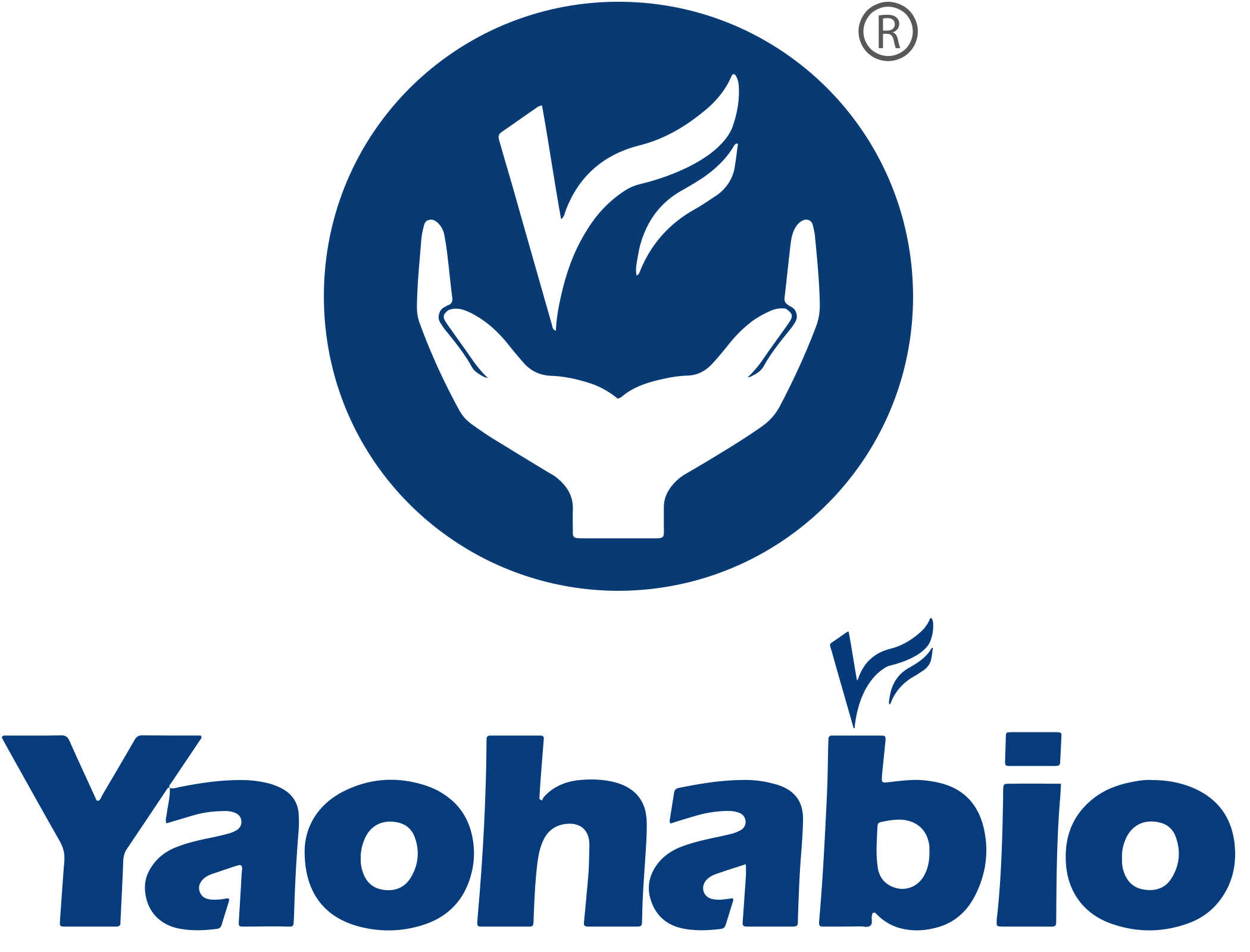mRNA 5’capping Efficiency
The Significance of mRNA 5’capping Efficiency Analysis
The cap structure located at the 5′ end of mRNA plays a pivotal role in the efficient translation, stabilization, and transportation of mRNAs within eukaryotes. In the context of in vitro-transcribed (IVT) mRNA, the 5' cap is introduced through either co-transcriptional capping or enzymatic capping processes. As an indispensable component of IVT RNAs, the 5′ cap stands as a critical quality attribute (CQA) necessitating comprehensive characterization throughout process development and batch release.
Yaohai-Bio Pharma provides comprehensive 5’ capping efficiency analysis solutions, encompassing oligonucleotide splints (probe) design, RNase H cleavage, IP-RP- Ion-pair reversed-phase high-performance liquid chromatography (IP-RP-HPLC)/liquid chromatography-mass spectrometry (LC-MS), data analysis.
Regulatory Requirements for mRNA integrity
According to the WHO regulatory considerations, “the integrity of the structure of the mRNA is considered to be a critical quality attribute for the release of the mRNA. Thus, control is needed for mRNA integrity, 5′ capping efficiency, 3′ poly(A) tail presence or length and so on.”
Analytical Method
Analysis | Methods |
mRNA 5'capping Efficiency | LC-MS after digestion |
Procedure
Step 1. Oligonucleotide splints (probe) design
The cleavage probe, incorporating 2’-O-methylnucleotides and tetradeoxyribonucleotides, serves to cleave a complementary RNA strand at specific positions when RNase H is present. This method proves highly valuable for the targeted generation of larger RNA fragments.
Step 2. RNase H cleavage
A biotinylated probe, strategically designed to be complementary to the 5’ end of mRNA, is applied in conjunction with RNase H to catalyze the targeted cleavage of the 5’ end oligonucleotide possessing a cap structure.
Step 3. IP-RP-HPLC/LC-MS
In oligonucleotide LC-MS analysis, the preferred chromatographic mode is ion-pairing reversed-phase (IP-RP) separations utilizing amine mobile phase additives. This is attributed to their superior resolving power and compatibility with mass spectrometry (MS).
Step4. Data analysis
Distinct masses observed in cleavage fragments featuring an m7GpppG cap, in contrast to those with a diphosphate, triphosphate, or unmethylated G cap (GpppG), facilitate their identification and enable the estimation of capping efficiency.
Case of capping efficiency analysis with LC–MS
Yaohai-Bio Pharma has developed robust methods for mRNA capping efficiency analysis, from oligonucleotide splints (probe) design, RNase H cleavage, IP-RP-HPLC/LC-MS to data analysis.

The total ion chromatograms (left) and electrospray mass spectra (right) of 5’end cleavage fragments

 EN
EN



